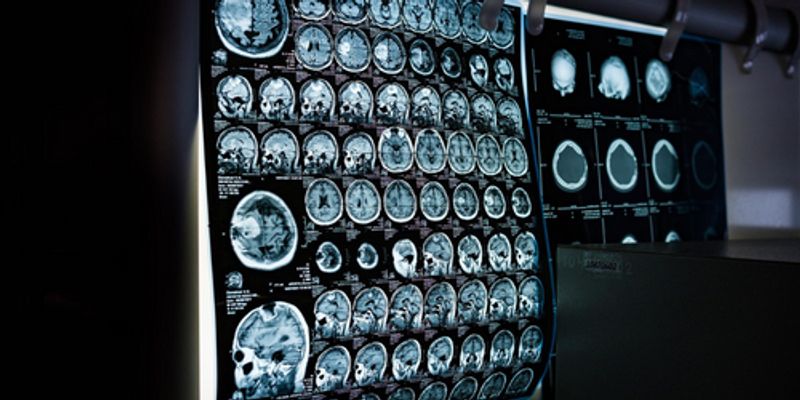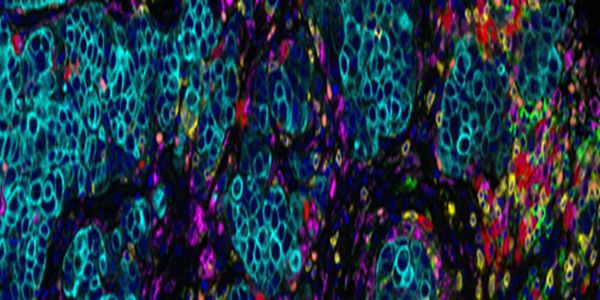Precision imaging
Advancements in medical imaging have lead to precision imaging techniques providing high quality and low background images to be used for diagnostic and treatment planning purposes. Precision imaging refers to medical imaging techniques and accompanying analysis that can qualitatively and quantitatively describe the subject of the image. Precision imaging obtains descriptive, predictive, and integrative details from the image generated.
-
FEB 07, 2019 | 8:00 AMDate: February 7, 2019Time: 8:00am PST, 11:00am EST Modern microscopes are becoming increasingly complex instruments enabling registration of image sets far beyon...DEC 06, 2018 | 7:00 AMDATE: December 06, 2018TIME: 7:00AM PSTHigh-throughput confocal microscopy has changed the way drug screening can be performed, by enabling the detection of single-cell pheno...NOV 15, 2018 | 4:00 AMDevelopment of physiologically relevant cellular models, with strong translatability to human pathophysiology, is critical for identification and validation of novel therapeutic targets. Cell...OCT 25, 2018 | 8:00 AMDATE: October 25, 2018TIME: 08:00am PDT, 11:00am EDT While the significance of the microbiome is unprecedented, a thorough study to dissect the role of individual popul...Two projects looking at novel approaches to targeting inflammatory breast cancer will be presented. Inflammatory breast cancer (IBC) is a unique, understudied, and most lethal subtype account...Speaker: Kevin Williams, PhD
The oncogenic transcription factor c-MYC (MYC) is deregulated, and often overexpressed, in more than 50% of cancers. MYC deregulation is associated with poor prognosis and aggressive disease,...
Speaker:
Jason De Melo, PhD
In the past two decades a small number of infrequently dividing cells have been proposed as the source of multi-drug resistance during cancer treatment. These cells identified by their expres...
Speaker:
Krastan Blagoev, PhD
PacBio Sequencing simultaneously provides long sequence reads, high consensus accuracy, minimal sequence bias, and methylation detection. I will highlight new advances and updates on applying...
Speaker:
Jonas Korlach, PhD
OCT 11, 2018 | 8:00 AM
DATE: October 11, 2018TIME: 8:00AM PDTSimultaneous quantitation of 6 or more biomarkers in intact tissue specimens holds the key to many questions concerning the biological basis o...
RNA sequencing unlocks the mysteries hidden in the transcriptome. Whether your goal is gene expression analysis, gene fusion analysis, SNP analysis or miRNA expression analysis, achieving hig...
Speaker:
Jonathan Shaffer, PhD, MBA
To date the anatomic extent of tumor (TNM-classification) has been by far the most important factors to predict the prognosis of cancer patients. However, this classification provides limited...
Speaker:
Jerome Galon, PhD
In prior work, we have pursued how tumor reactive monoclonal antibody (mAb), together with activators of innate immune cells, like NK cells, can augment antibody dependent cell-mediated cytot...
Speaker:
Paul Sondel, MD, PhD
High-throughput screening is widely useful in identifying genes and pathways that drive changes in cell behavior such as cell cycle regulation, metastasis, and drug resistance. Millipor...
Speaker:
Andrew Ravanelli, PhD
























